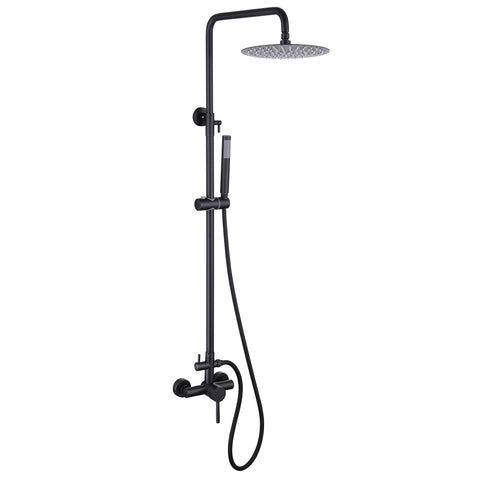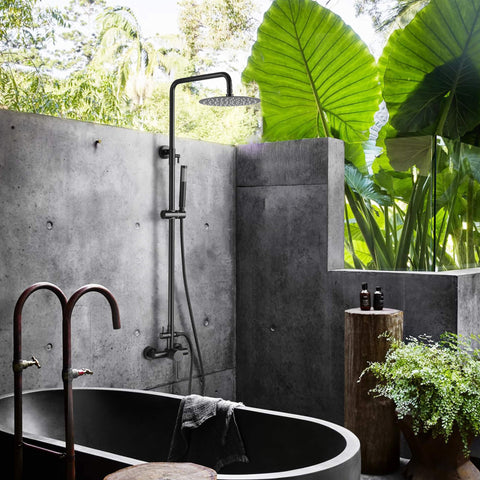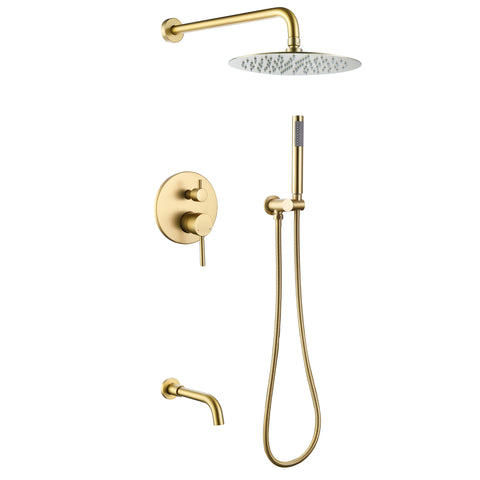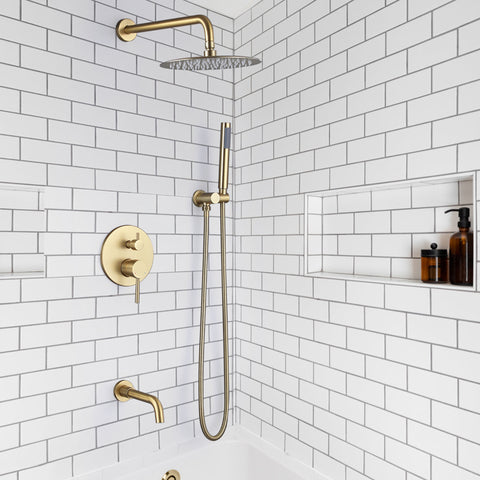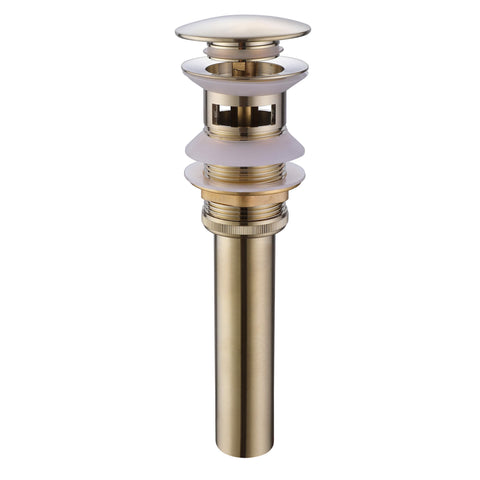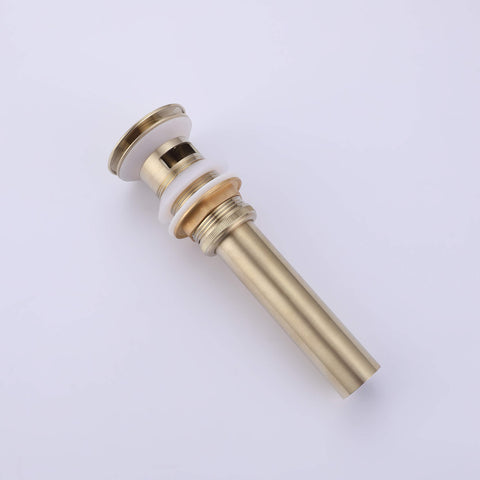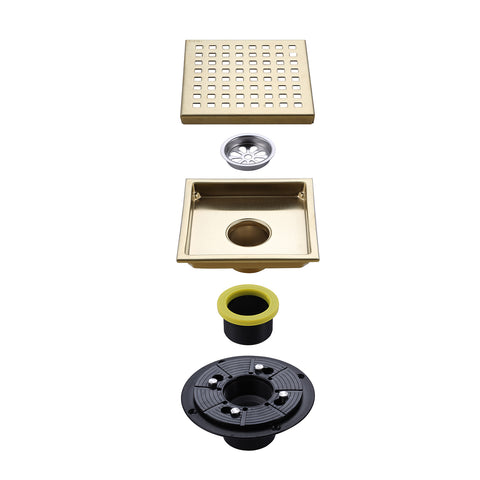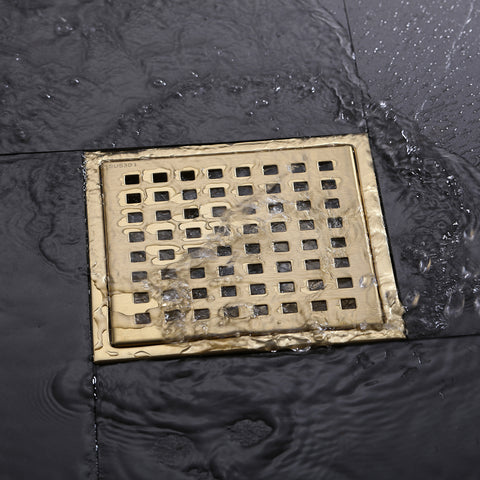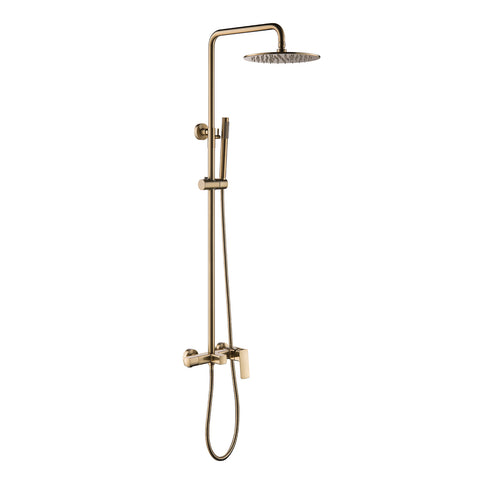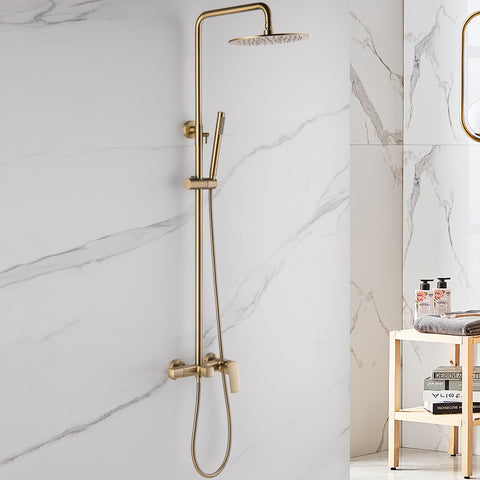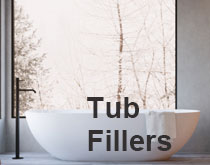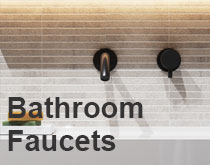Essential Precautions for Installing a Concealed Shower Faucet
Installing a concealed shower faucet can be a great way to enhance the aesthetics and functionality of your bathroom. However, it’s a task that requires careful planning and execution to ensure everything works smoothly and looks seamless. In this blog, we’ll explore the precautions you should consider when installing a concealed shower faucet.
Plan Your Installation
Before starting the installation, careful planning is essential. Determine the optimal height and location for your concealed shower faucet, considering user convenience, aesthetics, and functionality. Make sure the faucet placement aligns with the showerhead for a balanced, visually appealing design.
Properly Prepare the Wall
One of the advantages of concealed shower faucets is hiding plumbing behind the wall for a clean look. But this requires proper wall preparation:
- Use a stud finder to locate studs and secure the faucet for stability.
- Consider adding an access panel to make future maintenance easier.
- Before closing the wall, check all plumbing connections for leaks.
Select the Right Concealed Shower Valve
Choose a concealed shower valve compatible with your plumbing system and shower fixtures. Verify the valve’s size and connection type to prevent installation surprises.
Use High-Quality Materials
Invest in high-quality pipes, fittings, and fixtures to reduce the risk of leaks and ensure a long-lasting system. While cheaper materials save money initially, they can lead to costly repairs later.
Properly Seal and Insulate
Prevent water damage and mold by sealing and insulating properly. Use waterproof cement board or membranes around the shower area, and insulate plumbing to minimize condensation and maintain water temperature.
Hire a Professional if Needed
Installing a concealed shower faucet isn’t suitable for everyone. If you’re unsure about your plumbing skills or the complexity involved, hire a professional plumber to ensure flawless, leak-free results.
Test Thoroughly
Before sealing the wall, thoroughly test your faucet. Turn on the water supply and check for leaks, unusual noises, or inconsistent temperature and pressure. Address issues now to avoid future headaches.
Conclusion
Installing a concealed shower faucet can elevate your bathroom’s aesthetics and functionality, but it requires careful planning and attention to detail. Following these precautions ensures a smooth, trouble-free installation and a luxurious shower experience for years to come. When in doubt, consult a professional plumber for the best results.
